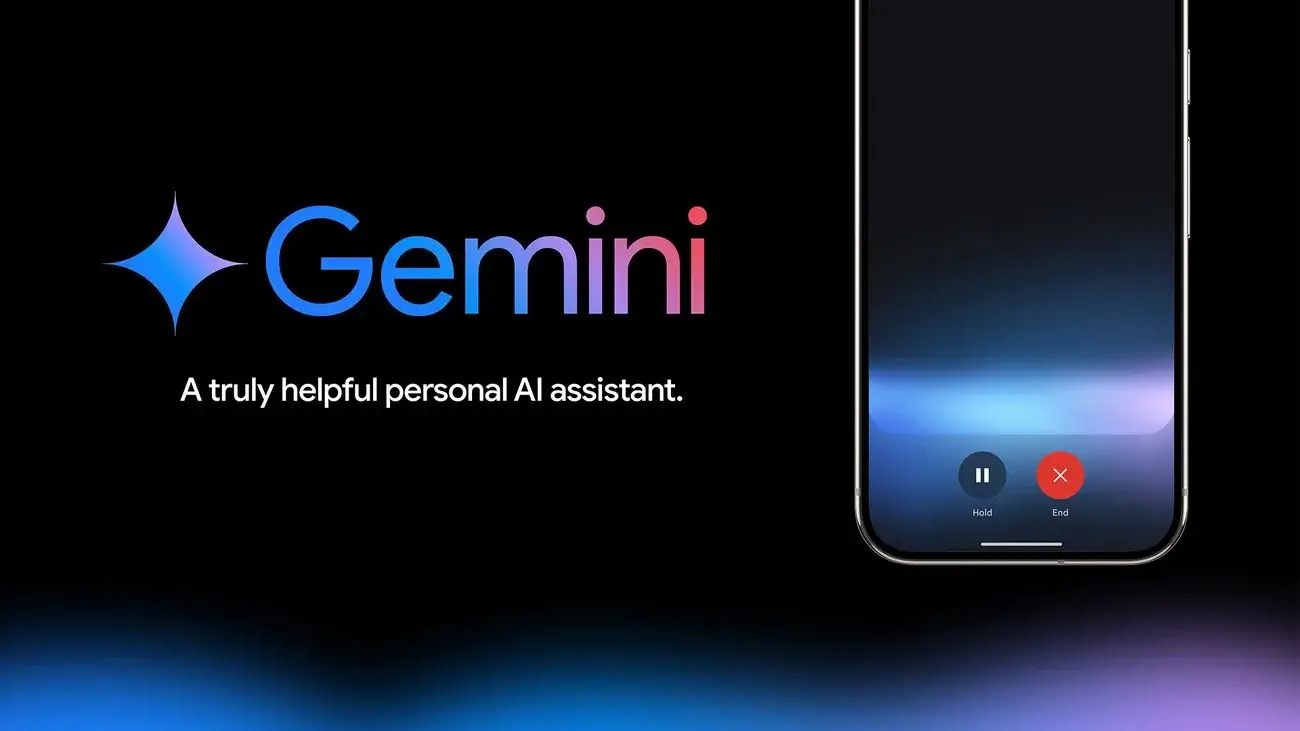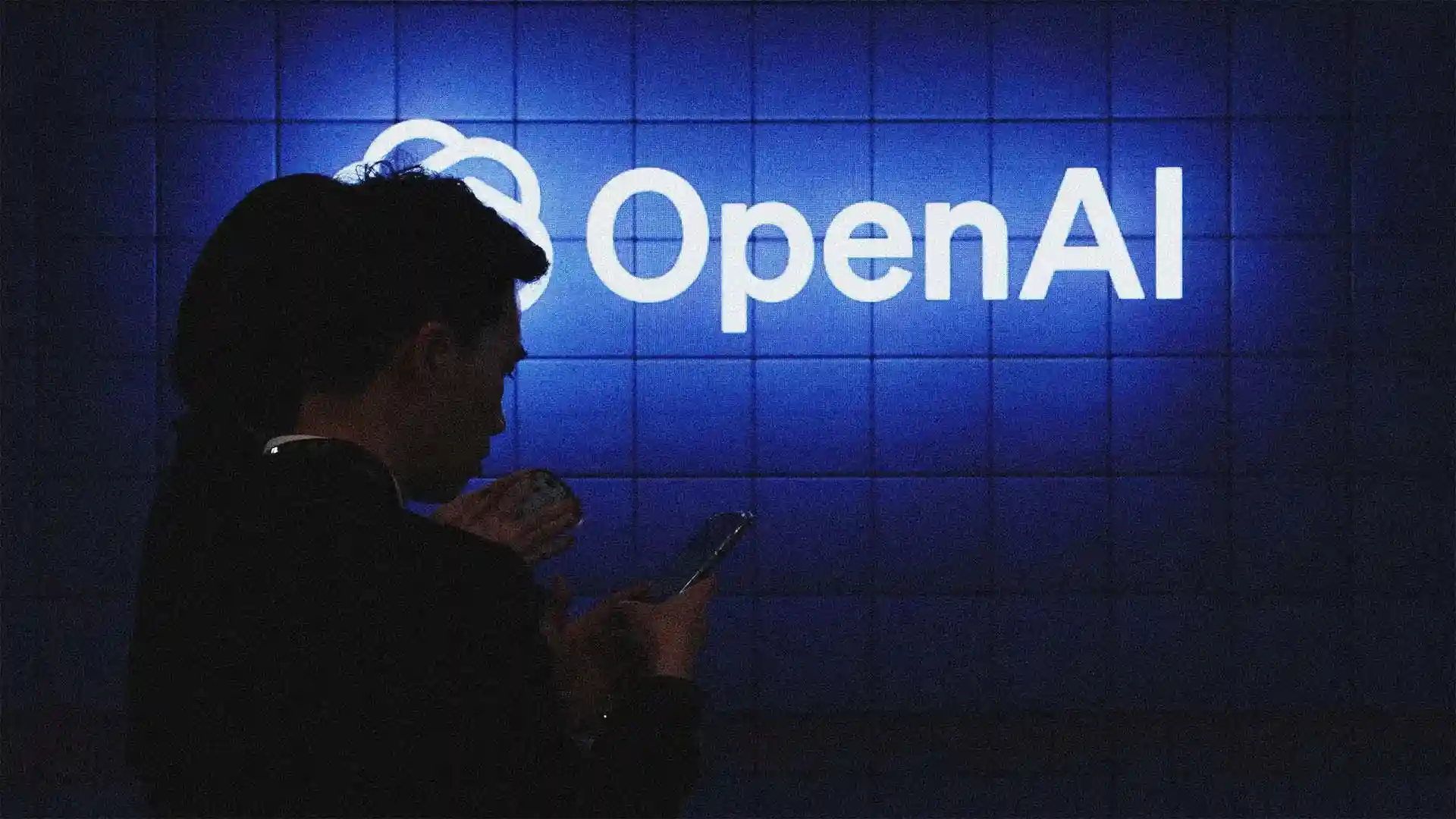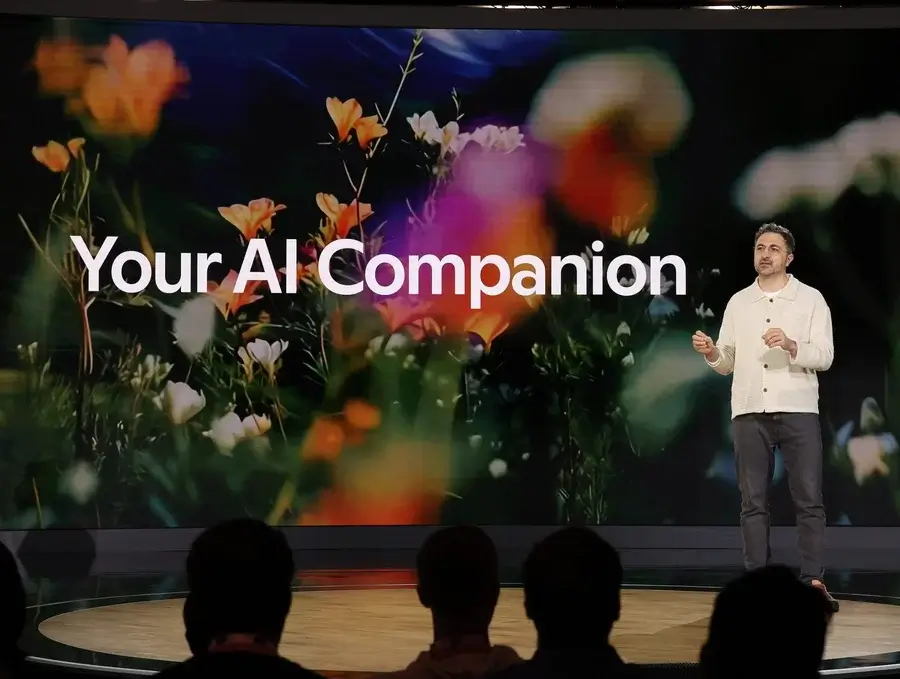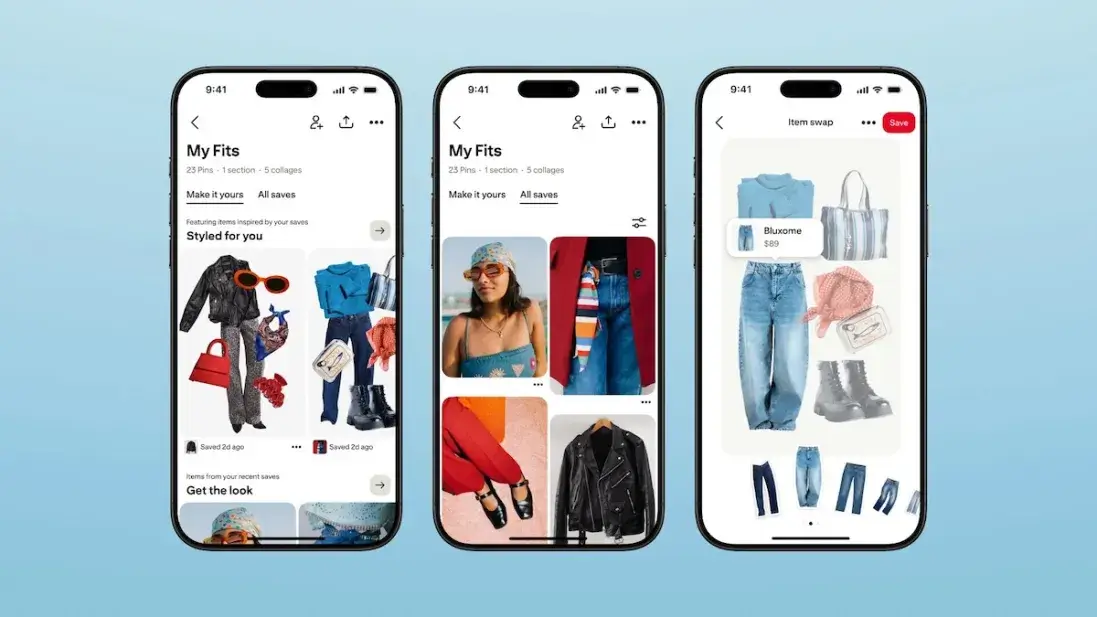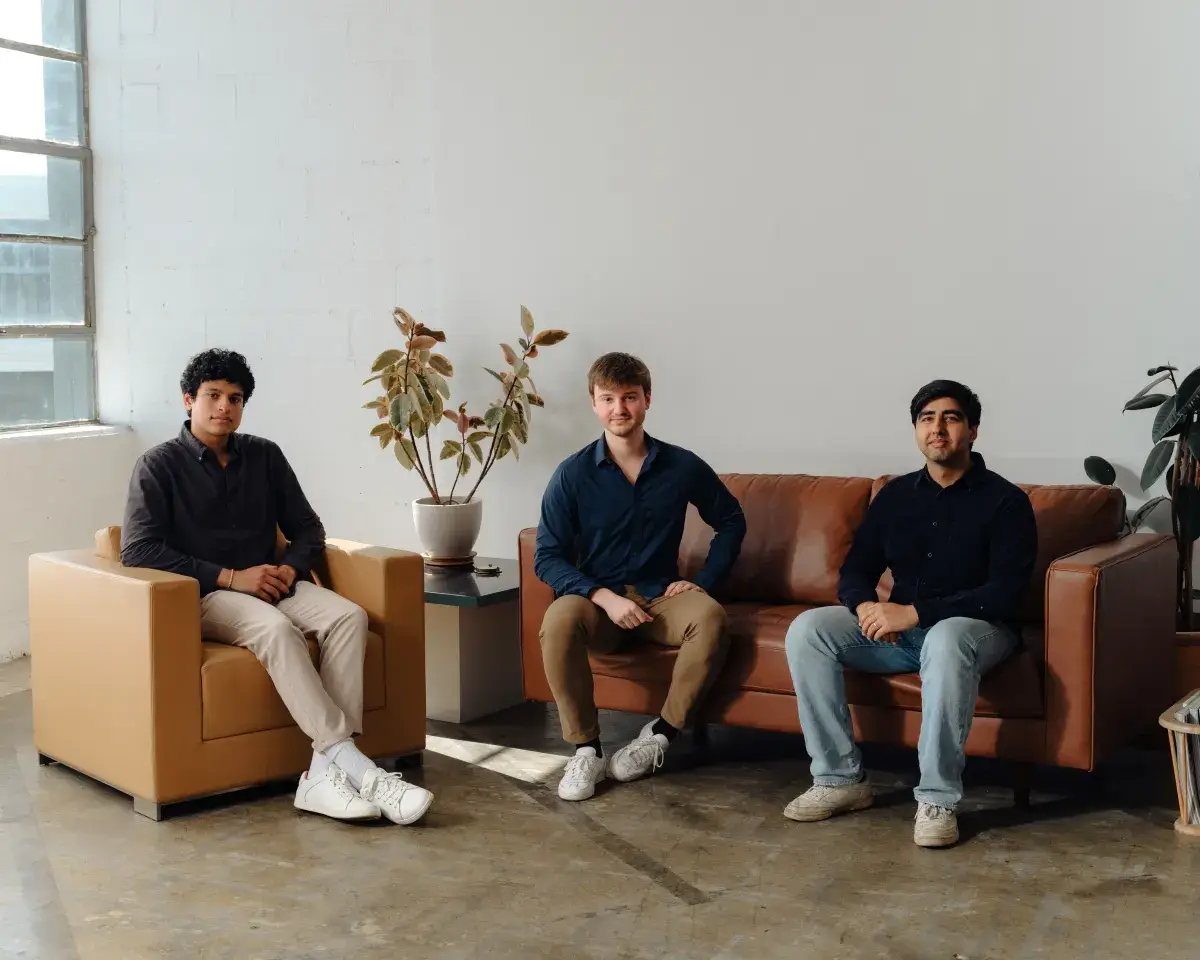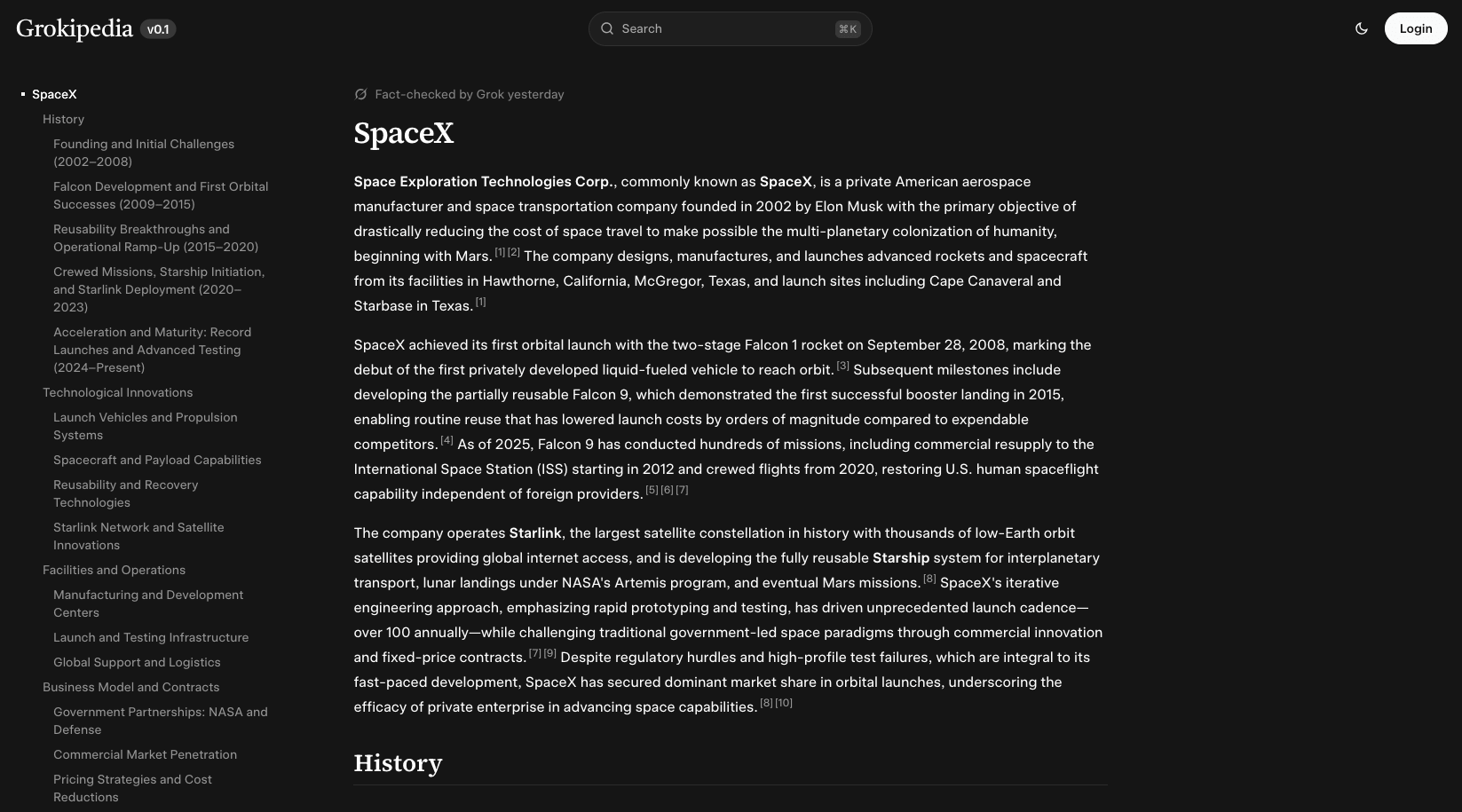Google AI Studio’s Vibe Coding Changes App Creation
Where creativity finally replaces complexity.
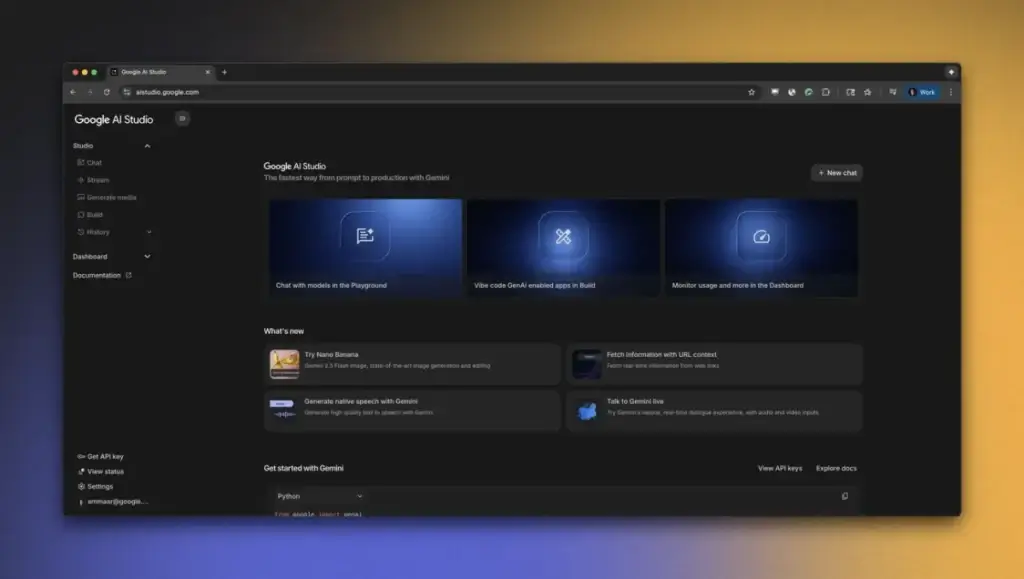
Traditional coding has always carried one heavy truth — creativity moves slower than syntax. But Google just broke that rule with AI Studio’s new “vibe coding” feature, a step that could completely redefine how apps are built, tested, and shared.
With vibe coding, developers — and even non-developers — can describe their AI app idea in plain language, and Google’s Gemini models do the heavy lifting behind the scenes. No SDK setup, no API juggling, no waiting for dependencies. Just a conversation that turns into a functional app within minutes.
That’s the big shift: coding now feels less like engineering and more like expressing an idea.
What’s clever here isn’t just the technology — it’s the mindset behind it. For years, AI tools have promised “accessibility,” but most of them still required a learning curve. Google AI Studio goes one step further by removing the intimidation factor entirely. You can simply say what you want — “build a photo generator that reacts to music beats” — and the system translates your intent into working components.
And while it sounds simple, the layers underneath are impressive. The platform handles model orchestration, API integration, and even UI logic automatically. It’s not low-code; it’s no barrier.
Google has also reimagined how creativity works during development. The new App Gallery isn’t just a list of templates — it’s a visual playground that lets you explore what’s possible, complete with starter code you can remix. And instead of sitting through loading screens, you now get the Brainstorming Mode, where AI actively generates new ideas while your app builds. That’s more than clever UX — it’s a subtle nudge that keeps creators in flow, turning dead time into discovery.
But vibe coding really shines in what comes next: iteration. Traditional coding workflows often break momentum with debugging, syntax checks, or repeated testing. Here, iteration happens conversationally. Through Annotation Mode, users can literally highlight an element and tell Gemini what to change — “make this button blue,” “move this image from left,” or “add animation when tapped.” No switching context, no re-coding. Just talking to your interface.
That’s not just efficient — it’s freeing.
Google even thought through the small details that make this scalable. For instance, users can add their own API keyswhen free quotas run out, and the system automatically switches back to the free tier when limits reset. This keeps momentum unbroken, a sign that Google wants to make AI app creation not only smarter but sustainable for creators building long-term.
And this isn’t an isolated update — it’s part of a bigger shift. Google’s AI Studio is shaping itself into the launchpad for the next generation of multi-modal AI apps — where image, voice, and text interact seamlessly. By embedding AI into every stage — idea, build, and iteration — Google is effectively collapsing the development timeline from weeks into minutes.
For developers, this means faster prototypes and more experimentation. For creators, it’s permission to play — to turn ideas into working apps without waiting on anyone else.
The message is clear: the power to build with AI no longer lives in code. It lives in creativity.
If you’ve ever felt limited by technical skills, this is your signal. Google AI Studio’s vibe coding isn’t just a feature — it’s a shift in who gets to innovate.
👉 Start building your next idea the way you think, not the way you code.
You may like recent updates...
Subscribe & Get Free Starter Pack
Subscribe and get 3 of our most templates and see the difference they make in your productivity.
Free Starter-Pack
Includes: Task Manager, Goal Tracker & AI Prompt Starter Pack
We respect your privacy. No spam, unsubscribe anytime.

